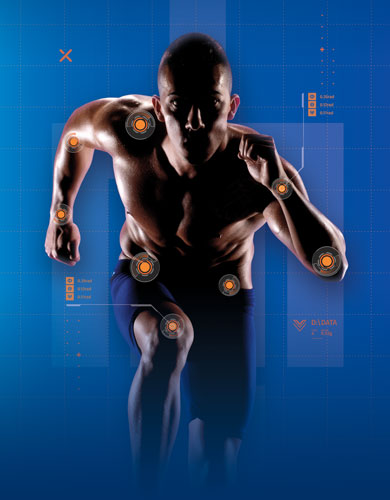If you’re trying to track mechanical load, GPS systems won’t give you the whole picture
This article is a follow up to Why GPS systems may be miscalculating your athlete’s mechanical load – Part 1

GPS Limitations
Advances in Technology
What Does the Research Say?
Field-based Internal Loading Assessment




